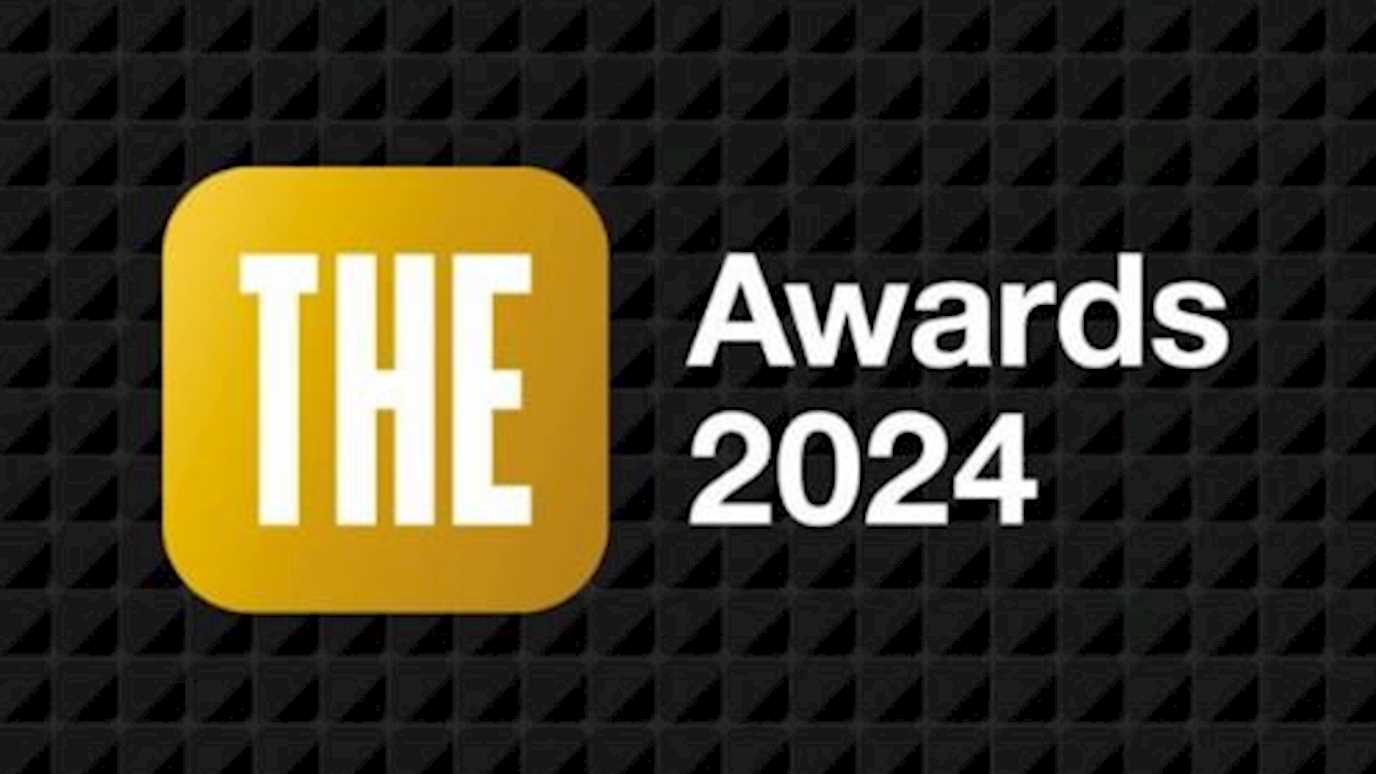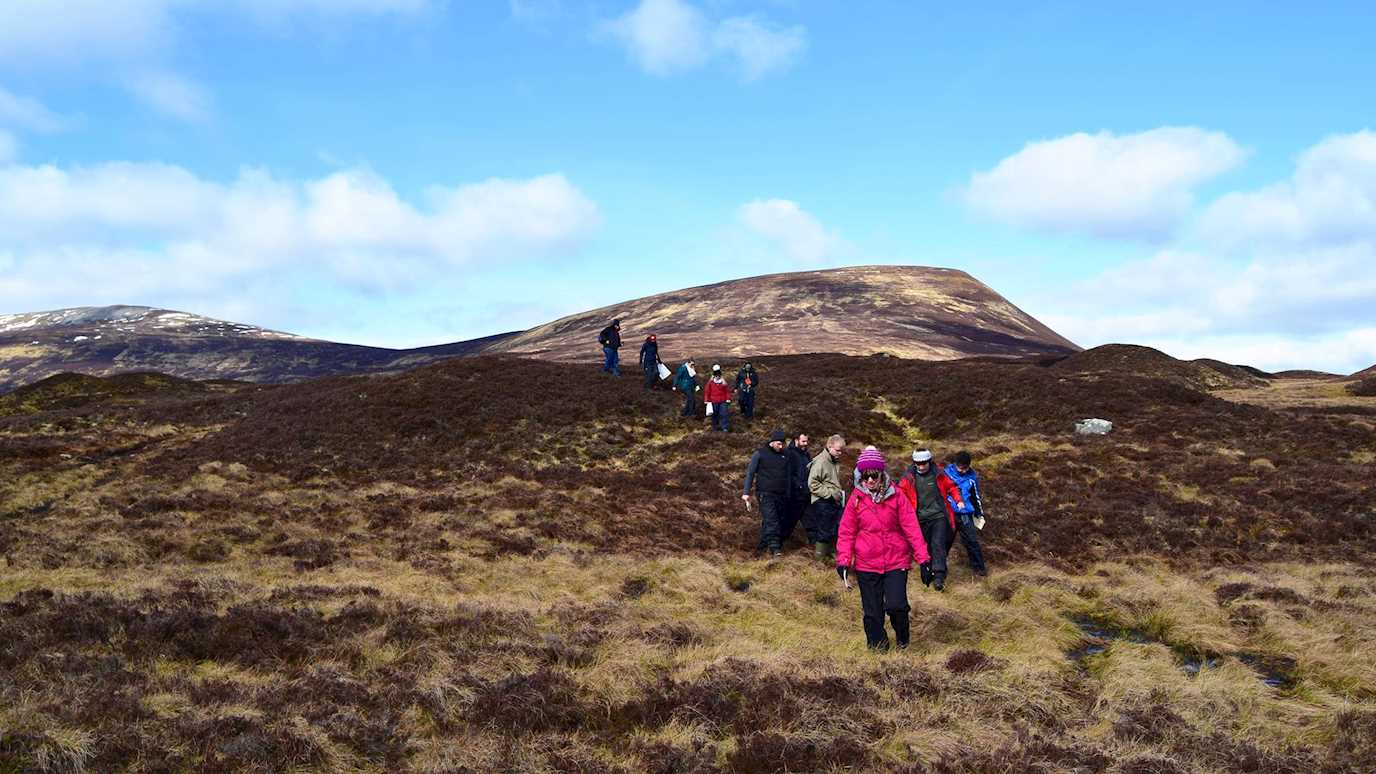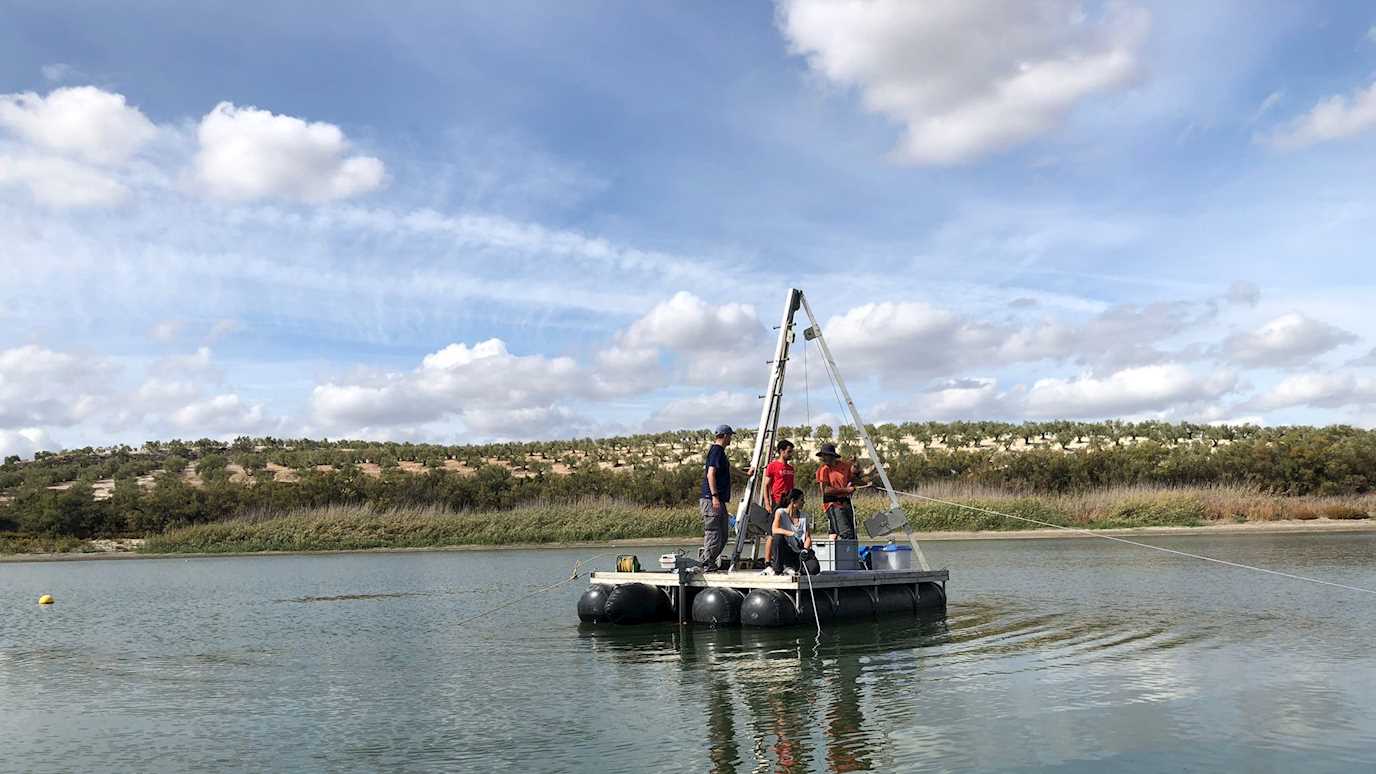Co-edited by Dr Innes M. Keighren and Dr Joanne Norcup, the book will be published on 19 June.
Coming soon on 19 June: Landscapes of Detectorists, co-edited by Dr Innes M. Keighren.
With a foreword by writer-director Mackenzie Crook, and afterword by originating producer Adam Tandy, Landscapes of Detectorists offers a rich and diverse set of geographical readings of the hit TV series, Detectorists.
Co-edited by Dr Innes M. Keighren and Dr Joanne Norcup, the book delves into a range of geographical themes, from emotional and sensory interpretations of landscapes to the relationships between objects, memory, and place.
From 8 June, you can pre-order Landscapes of Detectorists from https://www.colinsackett.co.uk/landscapesofdetectorists.php (the book will be published on 19 June). In the meantime, we asked Innes Keighren a few questions about the book and what drew the authors to the Danebury Metal Detecting Club.
How did Landscapes of Detectorists come about?
Not long after the first series of Detectorists was broadcast in 2014, my co-editor, Joanne Norcup, and I began to exchange emails and tweets about the programme. Detectorists struck a chord with both of us; not only was it funny, but it also engaged with geographical themes—landscape, place, and belonging—in interesting ways. A few years later we dragged our respective partners and children to Suffolk for a May bank holiday weekend exploring some of the filming locations and began to talk more seriously about turning our shared passion for Detectorists into something more concrete. We had initially thought simply about writing a journal article, but we were aware from Twitter how many of our colleagues in the discipline were also fans of the programme and decided instead to organise a paper session at the 2018 Annual International Conference of the RGS-IBG. Our call for papers elicited a wonderful response (including from Isla Forsyth and Andrew Harris, who have chapters in the book) and, encouraged by that fact, we got in touch with Adam Tandy, originating producer of Detectorists, to ask whether he would be willing to act as discussant (an offer he kindly accepted). Shortly afterwards we were approached by Colin Sackett, publisher of Uniformbooks, to ask if we might be interested in turning the paper session into the edited collection that became Landscapes of Detectorists. Later, we shared a completed version of the manuscript with Mackenzie Crook and he was kind enough to agree to write a foreword—something Joanne and I never dreamed would happen (and may have encouraged us both to do an impromptu “gold dance”).
What initially drew you to the idea of landscape in the television programme?
I was always interested in how Detectorists dealt with the idea of “reading” landscape—of interpreting the surface of the earth for clues as to what might lie beneath it. Much of the first series of the programme focuses on the attempts by Lance and Andy to locate the burial place of Sexred, king of the East Saxons. They employ various tools and techniques to do this, including consulting (and misinterpreting) aerial photographs on Google Earth, but often rely more on instinct and experience to infer the past from the present condition of the landscape. Lance and Andy have a palimpsestic understanding of the landscape: they see it as something built up in layers over time, with each generation adding to (rather than completely obliterating) that which has gone before. There were clear resonances, for me, between the detectorists’ approach to site survey and interpretation and the ideas of landscape history that W. G. Hoskins explored in The Making of the English Landscape (1955). The other authors in the collection have each taken a slightly different approach to their consideration of landscape: Isla Forsyth looks at the relationship between landscape and memory and how landscapes come to be littered with the detritus of everyday life; Andrew Harris addresses the verticality of landscape (from the cartographical “view from above” to the sub-surface perspective of the programme’s “Treasurecam”); and Joanne Norcup considers the way landscape is given meaning through the practice of hobbies and certain forms of gendered knowledge making.
How might we engage with landscapes differently after reading the collection?
One thing that I hope the collection will do is to encourage readers to think about landscape as a process rather than simply a material backdrop—something that is constructed in the imagination as well as physically in the real world. I suspect some readers might also be tempted to try metal detecting for themselves. My advice (based on a single attempt at the hobby) is to prepare for disappointment; the ancient inhabitants of Britain did not drop as much gold as you might hope!
If you could pick a character to go metal detecting with, who would it be and why?
This is a surprisingly difficult question to answer; who couldn’t like all of the members of the Danebury Metal Detecting Club? While my answer is probably Andy (our kids are about the same age, so we could discuss approaches to home-schooling during lockdown—Andy strikes me as the sort of dad who would have produced all sorts of brilliant worksheets), I would quite like to spend a day detecting with Russell—he’s one of the more mysterious and enigmatic members of the DMDC and I would love to know what secrets lie beneath his surface.
























